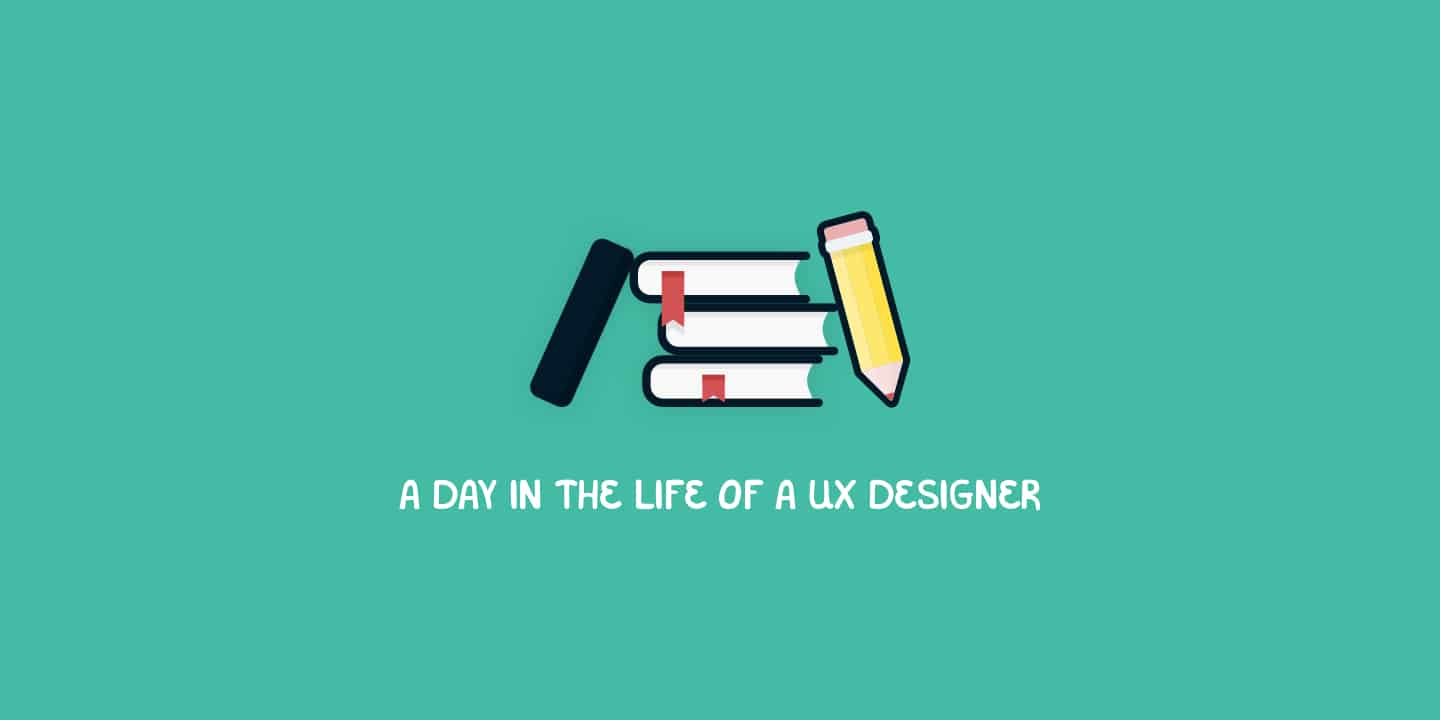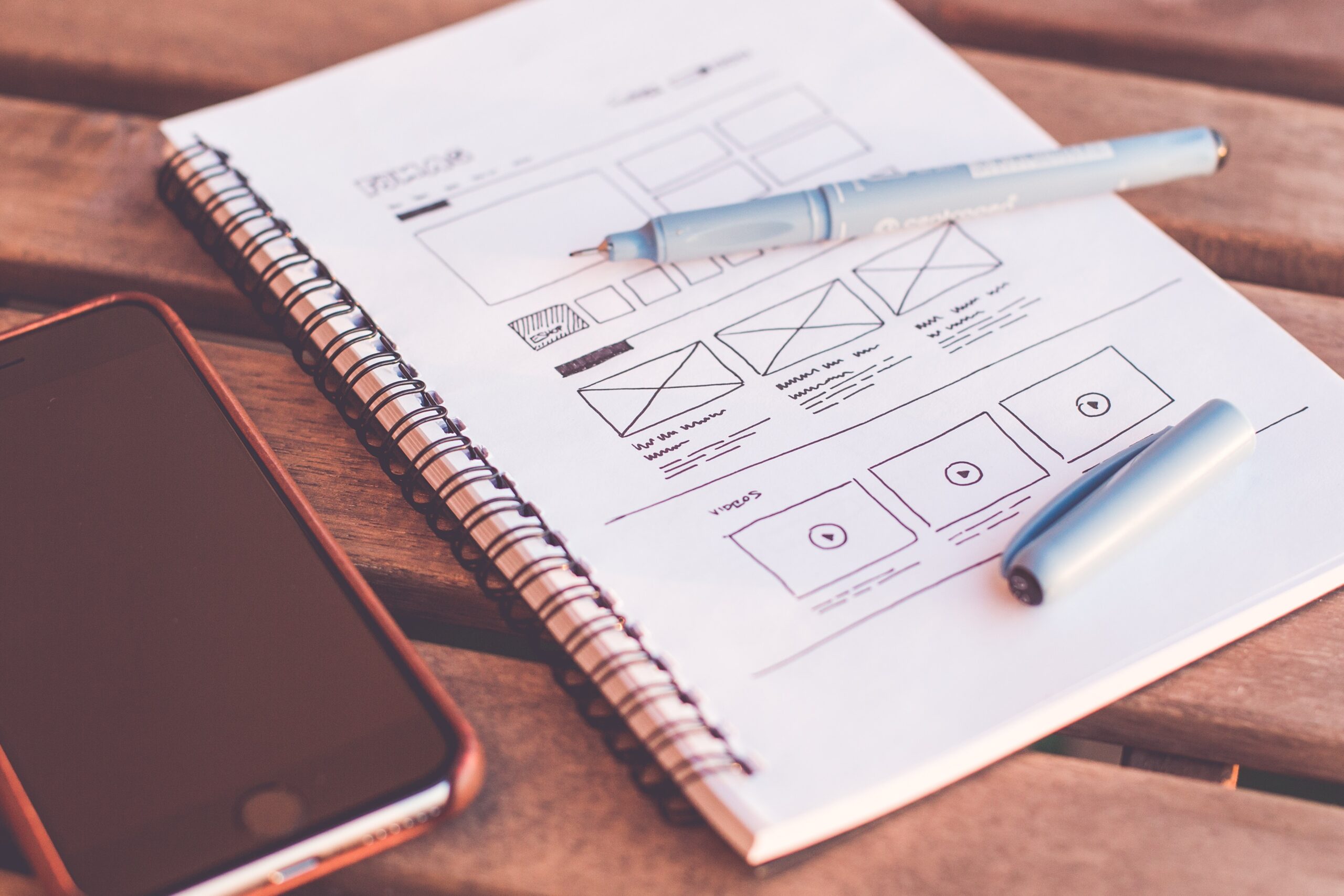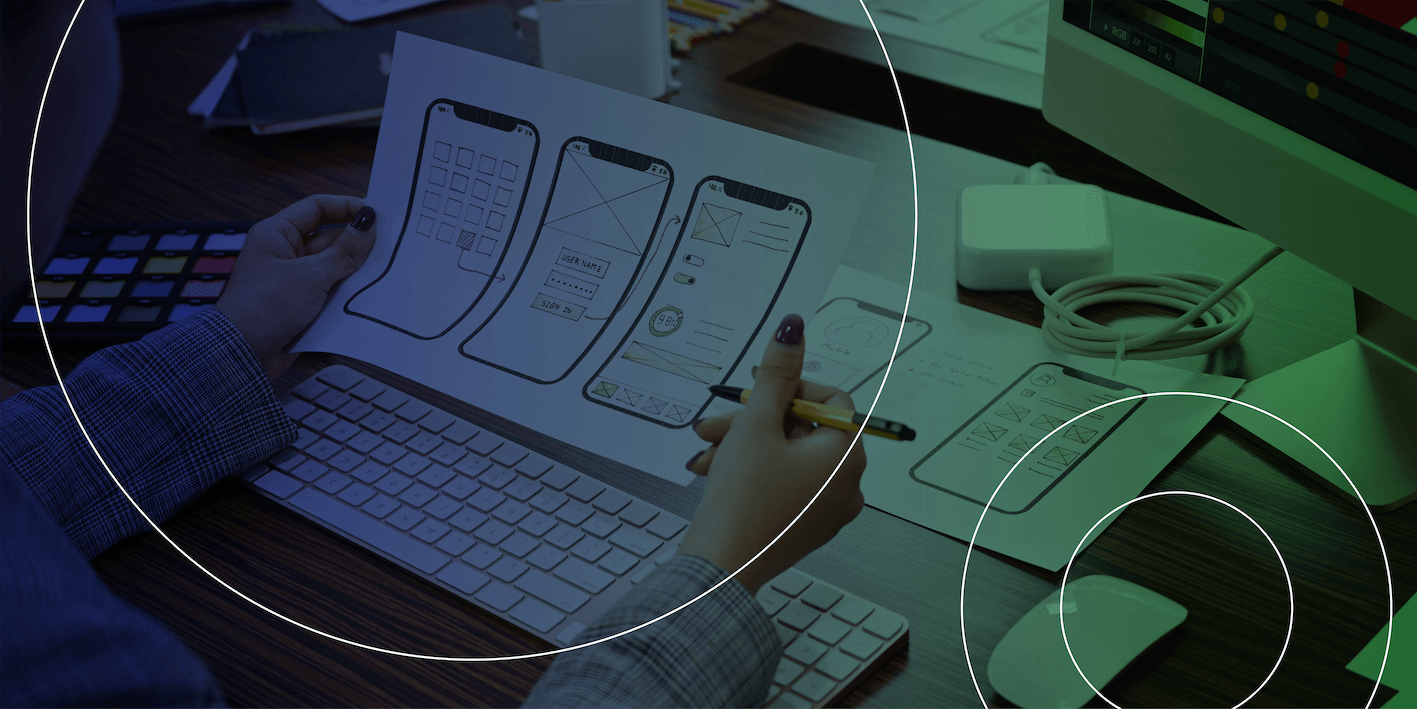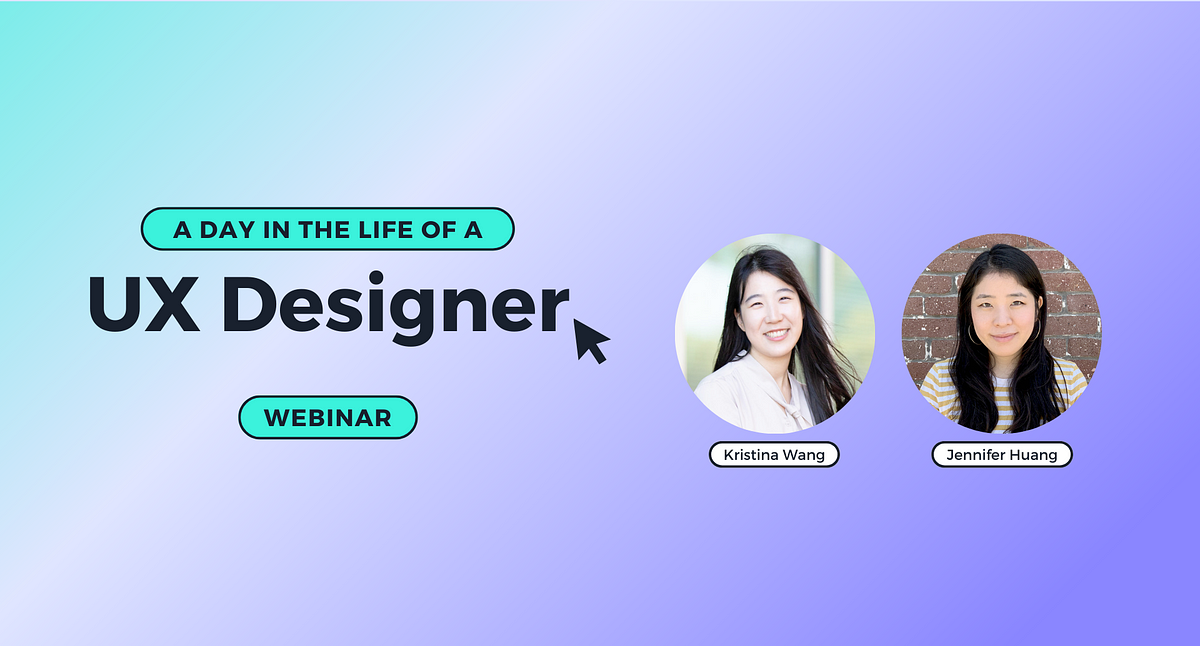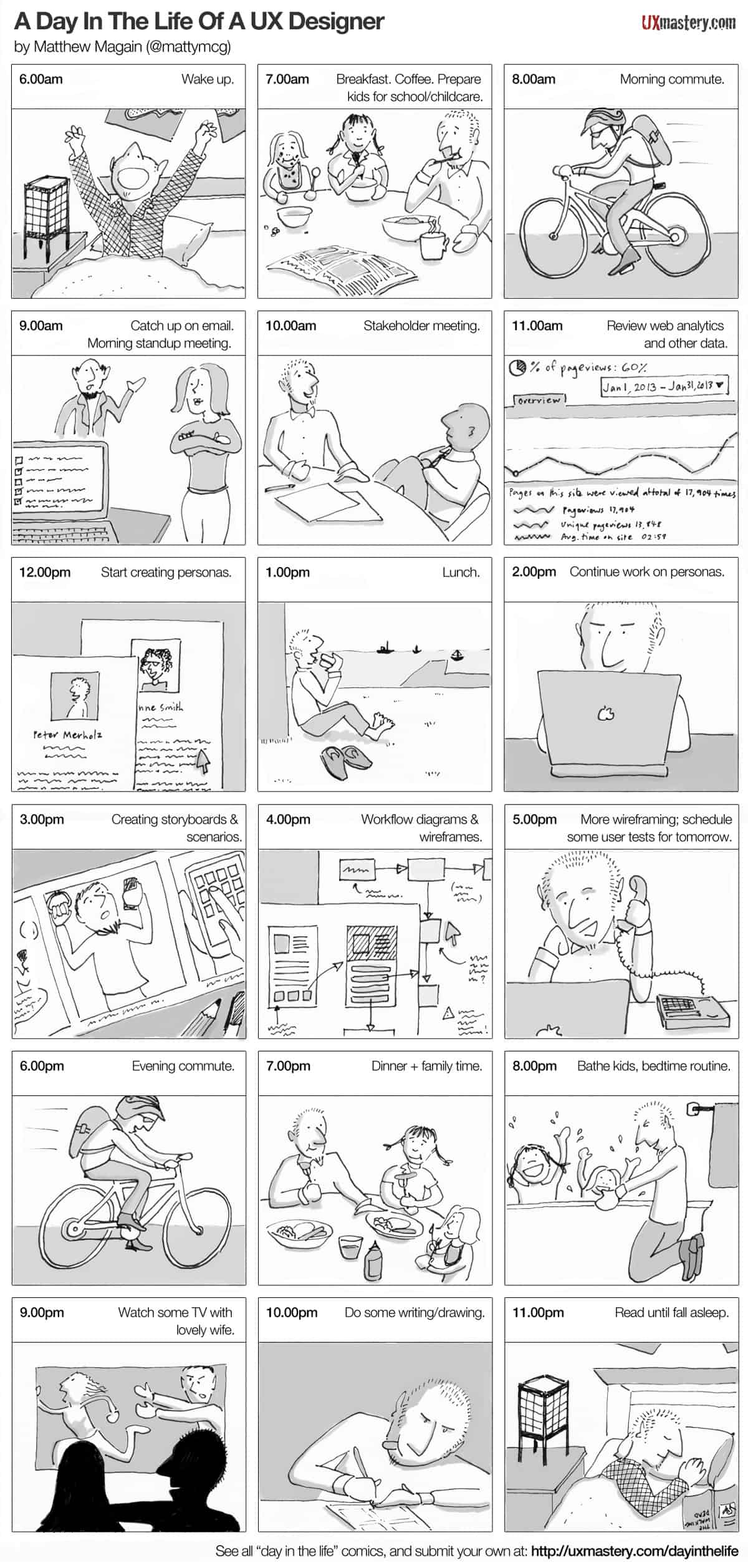Day In The Life Ux Designer

The aroma of freshly brewed coffee hangs heavy in the air, a comforting counterpoint to the rhythmic tapping of keyboards that fills the open-plan office. Sunlight streams through the large windows, illuminating colorful sticky notes plastered across a whiteboard, each scribbled with ideas, user flows, and potential solutions. This isn't just any office; it's the creative hub where user experiences are meticulously crafted, and today, we're stepping into the world of a UX Designer, Sarah Chen.
What does a day in the life of a UX Designer truly look like? It's a blend of creativity, research, collaboration, and problem-solving, all aimed at making technology more intuitive and enjoyable for the end user. We'll follow Sarah throughout her day, exploring the diverse tasks and challenges she faces, and uncovering the passion that fuels her dedication to creating seamless digital experiences.
Sarah's journey into the world of UX began unconventionally. She initially studied psychology at the University of Michigan, fascinated by the intricacies of human behavior and cognition. However, she soon realized that she wanted to apply this knowledge in a more tangible and creative way.
She discovered UX Design, a field that perfectly bridged her interest in psychology with her love for technology. Sarah enrolled in a UX Design bootcamp, immersing herself in design principles, user research methodologies, and prototyping tools.
Her background in psychology proves invaluable. She often refers to principles she learned in her undergraduate studies. Empathy, for example, is at the heart of UX Design, she says, "Understanding people's needs and motivations is crucial for creating effective and user-centered designs."
Morning: Understanding the User
Sarah's day officially kicks off with a team meeting. The team discusses the latest user feedback on a new feature they're developing for a mobile banking app. They analyze user reviews, support tickets, and usability testing recordings.
The goal is to identify any pain points and areas for improvement. Sarah emphasizes the importance of quantitative and qualitative data. This ensures that the designs are informed by both user behavior and user opinions.
Following the team meeting, Sarah dives into analyzing user research data from a recent round of usability testing. She's particularly interested in how users are interacting with the app's navigation. She meticulously watches video recordings, noting areas where users seem confused or struggle to find what they're looking for.
“Usability testing is really like walking a mile in the shoes of our users,” Sarah explains. “It gives us valuable insights into how they actually experience the product, which is often very different from what we assume.”
She uses tools like Hotjar and Google Analytics to understand user behavior patterns. These tools provide data on things like click-through rates, bounce rates, and time spent on different pages.
Afternoon: Designing Solutions
With a clear understanding of the user's challenges, Sarah transitions into design mode. She opens Figma, a popular design tool for creating user interfaces and prototypes.
Her focus is on revamping the app's navigation to make it more intuitive and user-friendly. She experiments with different layouts, menu structures, and labeling conventions. Sarah is constantly iterating on her designs, testing different options and gathering feedback from her colleagues.
Collaboration is a key part of Sarah's workflow. She regularly shares her designs with other designers, developers, and product managers. Constructive criticism is encouraged, and everyone is encouraged to contribute ideas. This collaborative environment helps to ensure that the designs are not only aesthetically pleasing but also technically feasible and aligned with the overall product vision.
“Design is a team sport,” Sarah says with a laugh. "The best ideas often come from unexpected places." She actively seeks input from developers to ensure that her designs are technically feasible and won't create unforeseen development challenges.
She also works closely with product managers to ensure that the designs align with the overall product roadmap and business goals.
The Power of Prototyping
One of Sarah's favorite tools is prototyping. She creates interactive prototypes of her designs. This allows her to simulate the user experience and test the usability of different interactions.
She uses tools like InVision and Adobe XD to create these prototypes. She can quickly and easily test different design options. Prototyping allows her to identify potential issues early in the design process.
Sarah emphasizes the importance of low-fidelity prototypes for rapid iteration. “You don’t need pixel-perfect designs to test the core functionality and user flow,” she explains. “Simple paper prototypes or wireframes can be incredibly effective for getting feedback early on.”
Late Afternoon: Communication and Collaboration
As the afternoon progresses, Sarah shifts her focus to communication and documentation. She prepares a presentation summarizing her design recommendations for the app's navigation revamp.
She presents the findings to the product team, explaining the rationale behind her design decisions and showcasing the results of her usability testing. She uses visual aids and storytelling techniques to effectively communicate the user's perspective and highlight the potential benefits of the proposed changes.
Clear and concise communication is paramount, Sarah believes. She spends time crafting detailed documentation for her designs, including user flows, wireframes, and style guides. This ensures that developers have all the information they need to implement the designs accurately.
She also participates in online forums and design communities, sharing her knowledge and learning from others. Staying up-to-date with the latest trends and best practices is crucial for any UX Designer, she believes.
Sarah believes that being part of a larger conversation is critical. It’s a constantly evolving field. So sharing and learning from other designers is how she stays informed and inspired.
Evening: Reflection and Inspiration
As the workday winds down, Sarah takes some time to reflect on the day's accomplishments and challenges. She reviews her to-do list, prioritizing tasks for the next day. She jots down ideas for future projects and explores new design tools and techniques.
She also spends time browsing design blogs and websites, seeking inspiration and staying abreast of the latest trends in the field. She finds inspiration from a variety of sources, from art and architecture to everyday interactions and observations.
Before heading home, Sarah makes sure to disconnect from work and recharge her creative batteries. She enjoys spending time with family and friends, reading books, and exploring new hobbies. Maintaining a healthy work-life balance is essential for staying creative and avoiding burnout, she emphasizes.
The day ends with a sense of accomplishment and anticipation. Sarah knows that tomorrow will bring new challenges and opportunities to create meaningful and impactful user experiences. She is passionate about her work and believes that UX Design has the power to make technology more accessible and enjoyable for everyone.
Sarah Chen's day is a microcosm of the UX Designer's world – a blend of analytical rigor, creative inspiration, and collaborative spirit, all geared toward crafting user experiences that are not just functional, but delightful. It's a reminder that behind every seamless digital interaction lies the thoughtful work of a dedicated UX professional.



